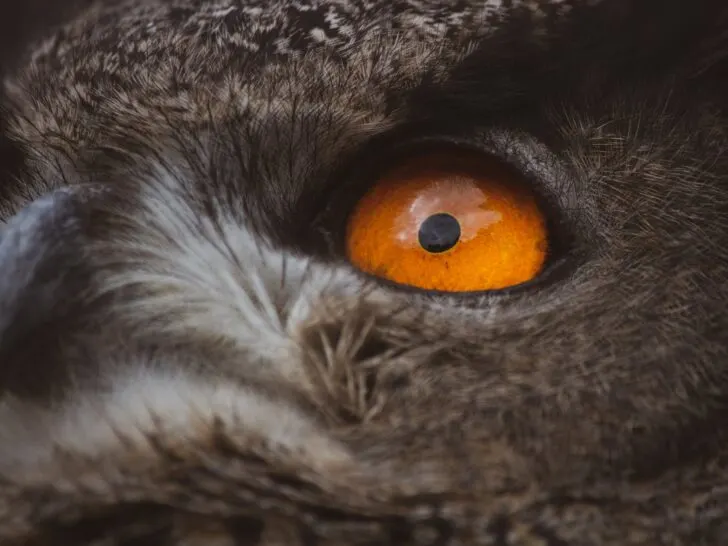As a beginner bird observer, you might find it hard to differentiate raptors or birds of prey from each other. However, focus on the traits you can make out: size, shape, overall color or tone, and the manner and cadence of the bird’s wing beats.
First of all, let’s understand what makes a bird raptor?
Raptor word comes from the Latin rapere, which means to grab or plunder — a way to define birds that swoop down on their prey. Birds of prey have a hooked beak, keen eyesight, strong feet with sharp talons, and a carnivorous diet.
The common ones that you might have seen hovering in the sky are Hawks, Falcon, Eagles, Osprey, and Kites. But could you tell which one is which?
Hawks are medium-sized birds with long tails; Eagles are much larger than hawks and have longer wingspans. Falcons are world-fasted birds with thin, pointed wings, and kites are smaller than falcons, but they can fly long distances with less effort. Osprey is the unique kind mostly found flying over the water.
But that’s not all their difference from each other in terms of body, wings, speed, and choice of food.
In this article, we are going to examine these 5 Raptors— hawk, falcon, eagle, osprey, as well as a kite, and how you can tell them apart. Let’s go!
What are Hawks?
The hawk is a medium-sized predatory bird with a sharp mind and compact body.
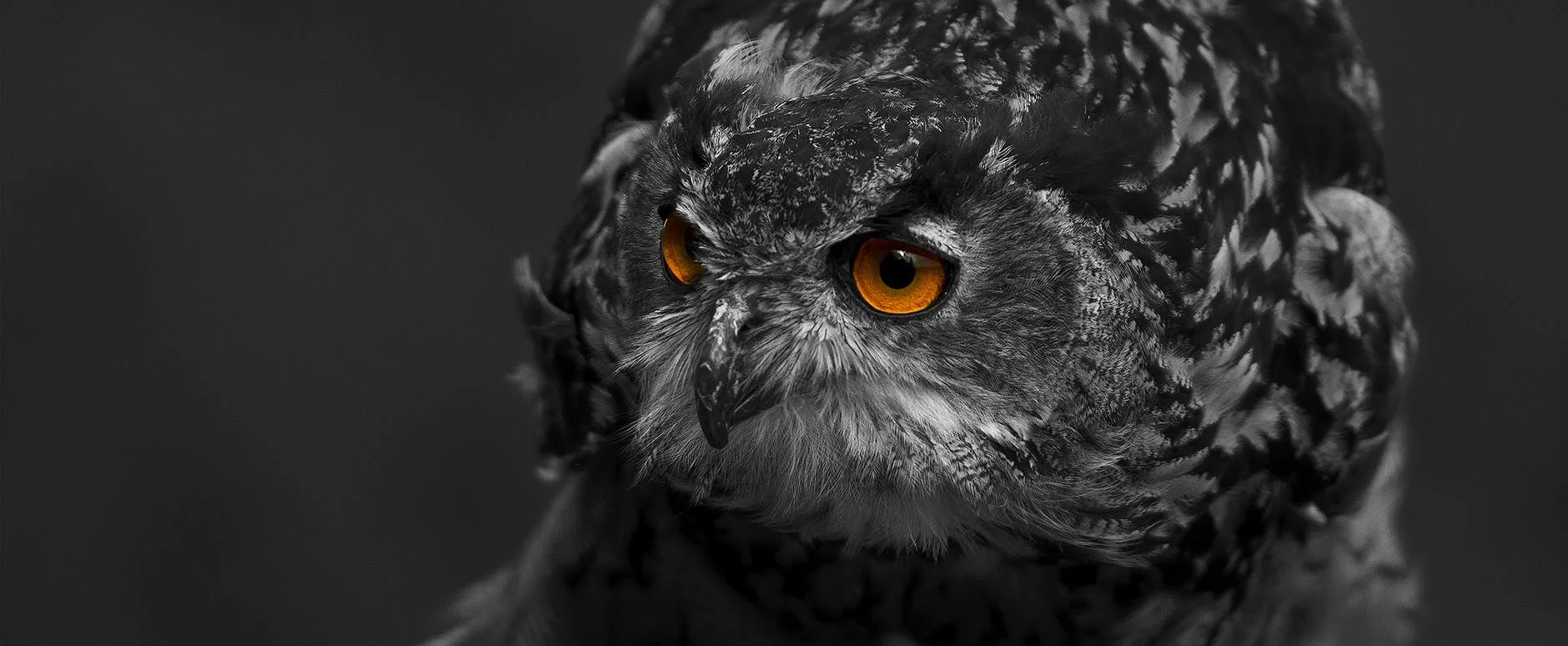
Hawk species are famous for their speed, particularly when chasing prey. They have curved talons, feet to capture prey, and solid beaks for tearing and bitting flesh.
Hawks have more than 50 different species. The most common ones are the red-tailed hawk, Cooper’s hawks, Harris’s hawk, sharp-shinned hawk, and Eurasian sparrow hawk. The red-tailed hawk is common in America.
They have incredible eyesight and can see eight times better than humans. They can spot their prey from a 300ft (100m) distance with remarkable vision.
Interesting Fact about Hawks
- Hawks can weigh up to 4.85 pounds to 3 pounds depending on species.
- Hawks lifespan is 10 to 30 years, depending on their environment.
- Hawks only eat meat; they hunt on snakes, rabbits, mice, fish, lizards, squirrels, and rabbits.
- They hunt at dawn when nocturnal animals are still awake.
- They can see the ultraviolet range of colors, which humans cannot see.
- The female hawks can lay 1 to 5 eggs per year.
- These spices are widely distributed in north, central and south America, Eurasia, Africa, and Australia.
What are Falcons?
Falcons are known for agility and speed. These streamlined birds have sharp pointed tips, long narrow tails, and thinly structured wings. They dive swiftly and soar high in the sky with their tapered wings, making rapid ascents and quick plunges.
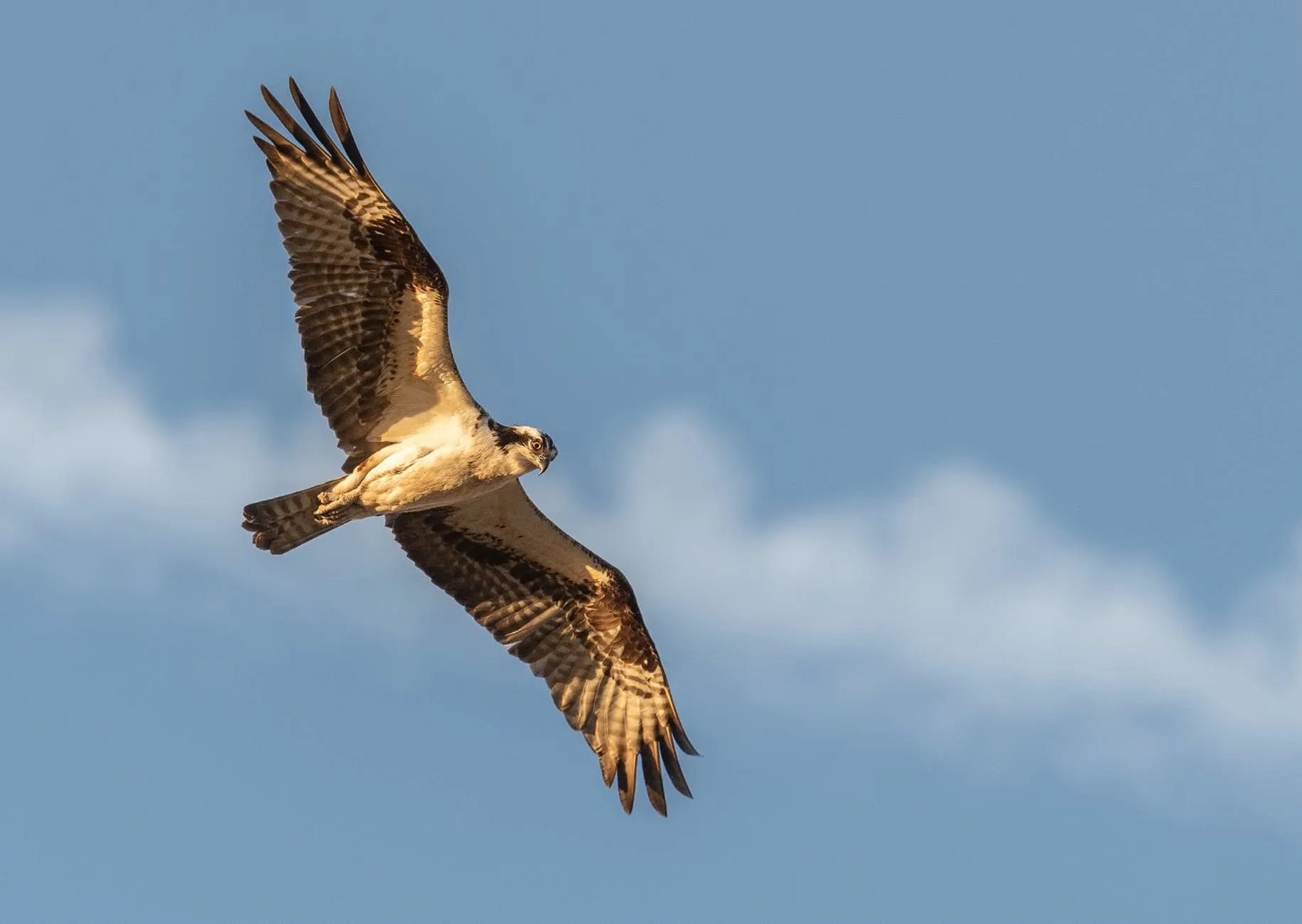
Falcons have 40 different species distributed throughout Africa, north, central and south America, and Australia.
Interesting Facts about Falcons
Here are some of the information about falcons that might get you surprised.
- The largest falcon species, Gyrfalcon, weighs around 47.6 ounces, and the smallest one, Seychelles Kestrel, only 2.5 to 3 ounces.
- Their lifespan is 20 years. However, they can survive up to 25 years.
- Falcon are opportunistic hunters that prey on birds, mice, rats, rabbits, gulls, snakes, fish, insects, frogs, and other Raptors.
- Falcons females can lay 2 to 5 eggs that range from white to reddish and molted brown.
- Falcon prefer to inhabit the area, including arctic tundra, mountains, forests, wetlands, prairies, savannas, deserts, coastal and urban areas.
What are Eagles?
Eagles have similarities to the hawk because they belong to the same family of raptors: Accipitridae. Eagles have a strong, considered formidable body with feathers that run right down their legs to their feet.
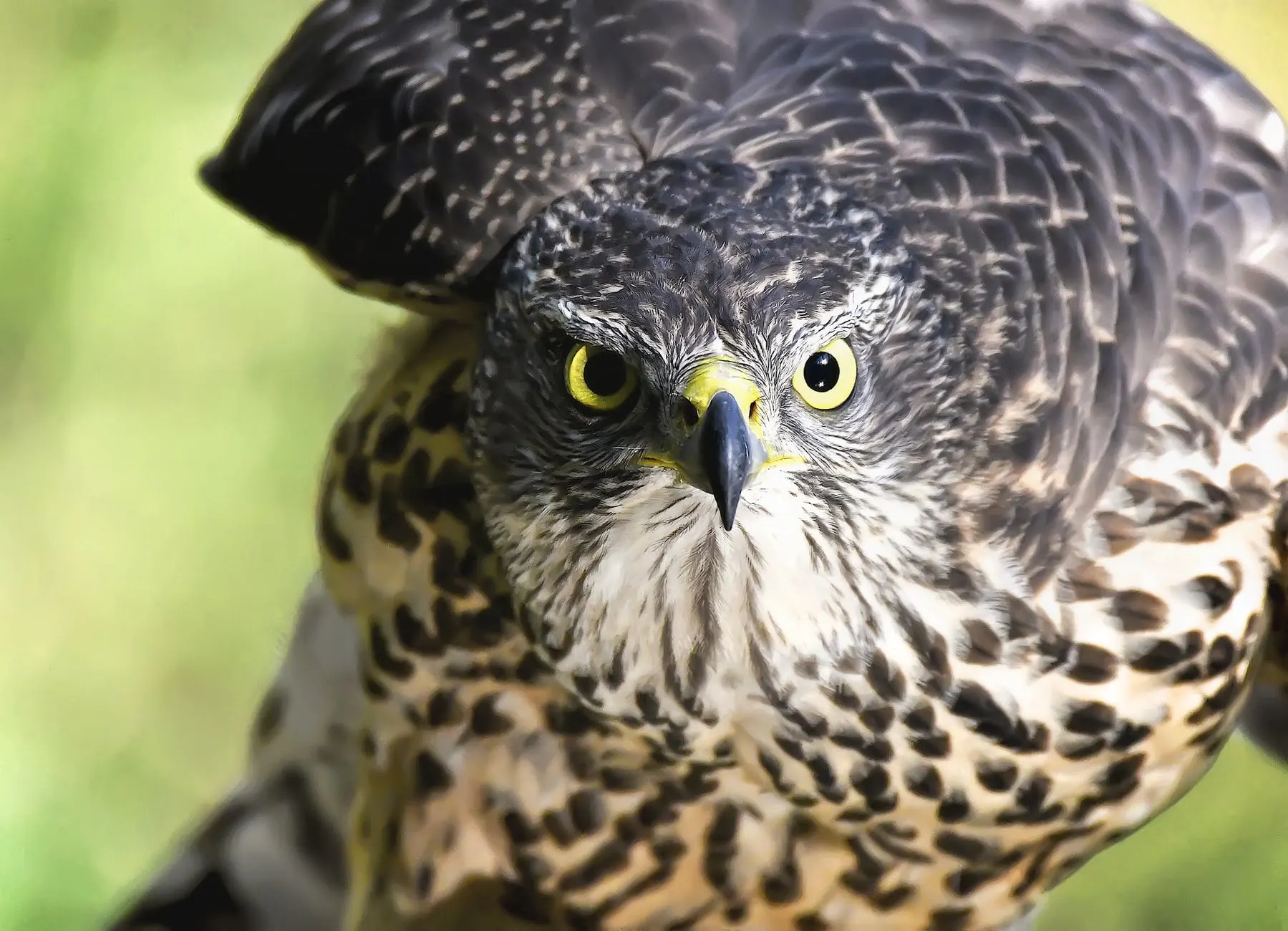
You can tell them apart from their yellow hooked beaks. Like hawks, the aerodynamic feathers enable eagles to flap their wings around and efficiently maneuver around slowly by maintaining their speed throughout the flight.
These raptors have adept eyesight with a robust visual acuity that helps them spot potential prey from afar much easier.
Interesting Facts about Eagles
- The biggest species in terms of weight is Steller’s sea eagle, which can weigh up to 6.3-9.5kg.
- Eagles prey on fish, rabbits, mice, marmots, hares, and ground squirrels. Some of the eagle species are scavengers who eat dead fish and animals.
- Eagles generally lay at least 2-3 eggs each year.
- Eagle can survive in the wild for 14 to 35 years.
- Eagles inhabit various ecosystems, including dry, rain, mountain forests, meadows, prairies, deserts, and many more. They are spread over tropical areas to frigid Arctic Tundra North America, South America, Australia, Eurasia, and Africa.
What are Ospreys?
Another bird of prey, the Osprey, is the only species in its family Pandionidae. It is a naturally rare bird.
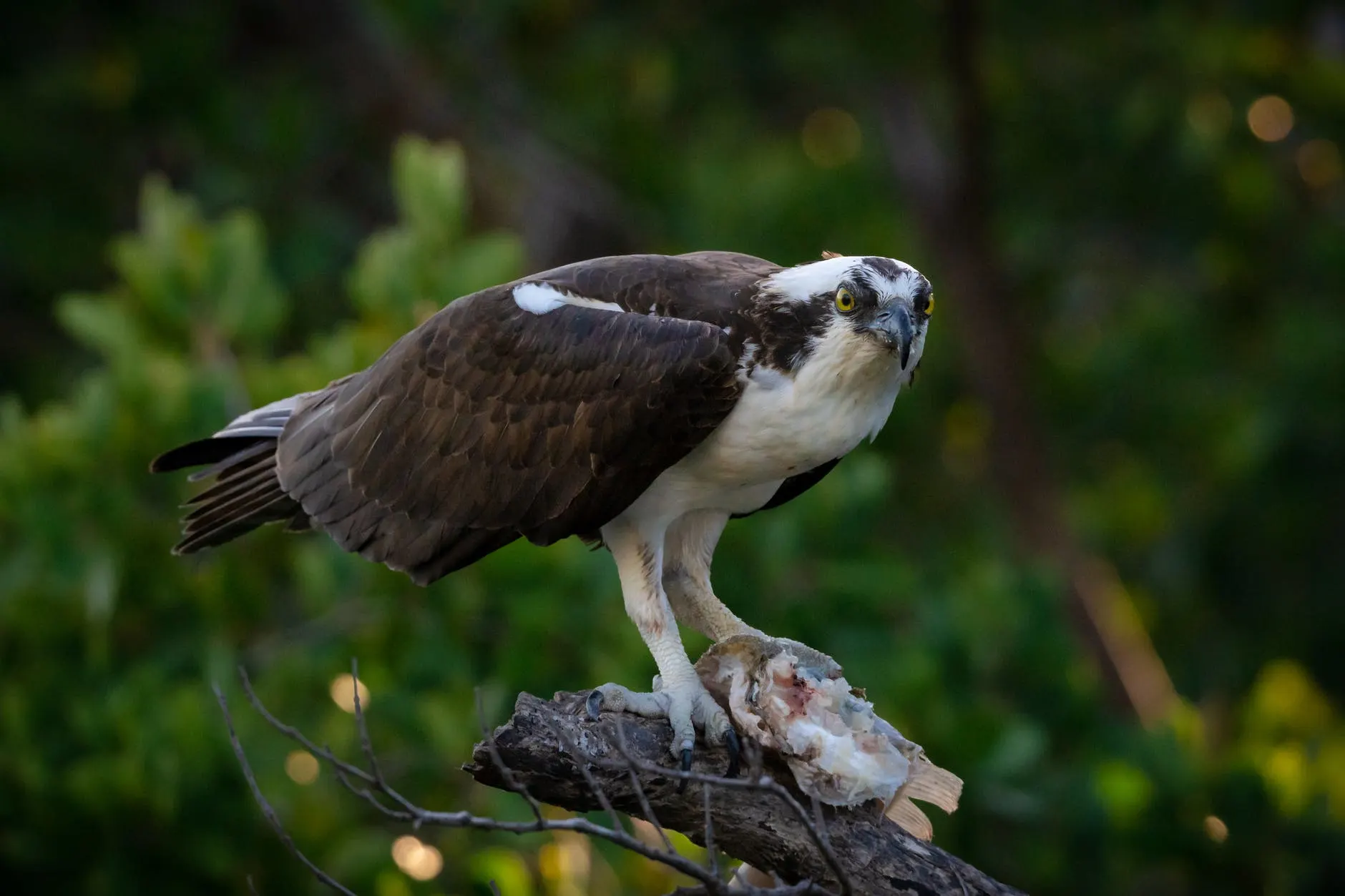
Osprey only preys on fish, or you can say fish make up 99% of the osprey diet.
Osprey is predominantly glossy brown on the upper parts greyish white on the breast, head, and underparts.
Interesting Facts about Ospreys
- An adult osprey bird weighs about 1.4 kg.
- Osprey has approximately 15 to 20 years lifespan; however, the oldest osprey survived up to 35 years.
- Female osprey lay one to four eggs during the spring season.
- Ospreys have also preyed on rodents, rabbits, hares, other birds, and small amphibians and reptiles.
- Found near water, either fresh or salt, and around major coastal estuaries and salt marshes where large fish are present.
What are Kites?
Kites are remarkable birds of prey that belong to one of three subfamilies (Milvinae, Elaninae, Perninae) of the family Accipitridae.

Typically, a kite is lightly built and have weak legs but can stay aloft for long durations due to their lightweight.
They have a small head, partly bare face, short beak, and long narrow wings and tail. The long little wings change into deeply forked V-shaped tails when they fly with agility.
Interesting Facts about Kites
- The smallest one among the kites is snail kites weighing around 370g. However, the bigger one red kite from these species weighs 1.1kg.
- The life span of the kite bird is about 20 years.
- Some kites are scavenger that eats reptiles rodents, and others might survive on anything, including insect, grains, crumbs, etc.
- Kites typically lay four eggs but the number may range from three to six.
- Some prefer living in tropical regions with warm temperatures and high rainfall, other species like the chill air of the subarctic. These birds inhabit some of the different ecosystems: savannas, meadows, forests, rainforests, grasslands, and more.
What family does each of these animals belong to?
Hawks and Eagles belong to the family Accipitridae, and the kite is from a subfamily of the family Accipitridae.
The falcons belong to the Falconinae subfamily of Falconidae.
An osprey is the only bird of its species in its classification.
Which is the most dangerous?
Eagles are considered the most dangerous bird in terms of strength. While hawks are also powerful birds, their strength is less than that of an eagle.
One female eagle weight 9 kg have recorded in Guinness World Records is the strongest bird of prey.
Eagles harassed other birds and hunted down guts, mammals, and waterfowl. But ospreys, too, launch their share of attacks—and some of them are on eagles.
Even though hawks are bigger in size and strength, falcons can defect them using these speed and beaks to attack. You can say they both can be equally dangerous as they are the fastest bird alive, reaching more than 200 miles per hour.
They are all dangerous for their prey and humans in their specific category.
But if there were a fight between three strong ones: eagles, hawks, and Flacones, eagle might win it. But that can not be the case each time because they possess a unique body feature that can help them turn the table.
Comparison between Hawk, Falcon, Eagle, Osprey, and Kite
Their characteristic body structure reflects the differences. You might find all of them similar to each other at first look, but if you’re going to take a closer look and observe the shapes of their tail and wings including their hunting tactics, you’ll get to know what’s unique with each one of them.
Here’s a quick table citing the main difference between Hawl, Falcon, Eagle, Osprey, and Kite.
| Hawk | Falcon | Eagle | Osprey | Kites | |
| Size | Medium | Medium | Large | Large to medium | Small to medium |
| Family | Accipitridae | Falconidae | Accipitridae | Pandionidae | Accipitridae |
| Wingspan | 105 – 140 cm | 70 – 120 cm | 180-230 cm | 150 – 180 cm | 175 – 180 cm |
| Family | 45-60 cm | 20 – 65 cm | 85-100 cm | 50- 65 cm | 50-66 cm |
| Speed | 190 km/hr | 320 km/hr | 320 km/hr | 128 km/hr | 130 km/hr |
Size
Eagles are the big ones, Hawks ad falcon are medium in size, Ospreys comes somewhere between eagles and hawk, and kites are smaller ones.
The size also differs depending upon the species they belong to. Some Hawks are even larger than Falcons.
Physical Characteristic
Learning about the body structure of each raptor makes the identification game easy.
Hawks have a more compact body structure. They have muscular legs, trenchant talons, and huge curved bills.
Compared to Hawks, the Falcons have a more slender look. They have thin wings with tapered edges. Unlike other birds of prey, falcon uses their bills to catch and kill prey instead of their feet.
Eagles are majestic sturdy raptors with hooked bills, robust, sharp nails, and thick legs.
Osprey, also known as fish-eating raptors, can be identified by its glossy brown upperparts and slightly grey underpart, breast, and head.
With lightweight bodies, kites are remarkable aerialists who can stay afloat for longer without much effect. They have a V-shaped tail that helps them fly with agility.
Flight Pattern
One of the significant differences can be seen in their flight pattern.
Hawks will sometimes soar with wings held in a dihedral (a shallow v-shape). They show unique flight capabilities by suddenly dashing from hidden and attacking their prey.
Falcon can fly swiftly using their tapered wings, making brisk plunges and rapid ascents.
Eagles spotted flying on flat or only slightly-raised wings. Falcons can fly with agility and make a sharp turn at immaculate speed with their robust and curved wings.
Osprey’s long and relatively narrow wings enable it to stay aloft near the water sources for an extended period.
Kites also are swift fliers. They fly using their thin wings, flapping backward angles. They can also hove on the same spot for minutes, using their potential to match their wing lift area to the air. They are not usually hostile towards people, but they can become aggressive when their nests appear threatened.
Food
All birds of prey exclusively feed on meat. First, they hunt down their prey, either ground-dwelling reptiles and mammals or catch a flying bird. Using their nails and feet, they pierce them and devour their ravenous meal.
By looking at the raptors’ prey, you can tell them apart quickly.
Hawks diet primarily consists of smaller animals, including rabbits, mice, rats, snakes, fish, and squirrels. They hunt down their prey behind the hidden perches.
Eagles are big and voracious creatures that can attack large species, including fish, rabbits, squirrels, mice, snakes, young deer, and grouse.
Falcons can be seen sitting in elevated places such as roofs and branches of trees. These raptors can kill feral pigeons and feed on gulls, shorebirds, and gulls. They also feed on fish, bats, and rodents.
As we already know, Osprey is mostly prey on fish, but they also feed on rabbits, hares, and rodents. They can dive deep in water by submerging their entire body to catch fish. This bird of prey can eat fish weighing around 150-300 grams.
Kites stay afloat in the air and detect their prey first. They prey on small mammals and even scavenge on garbage.
Watch this video for more insight on the birds of prey:
Some other remarkable differences:
- Hawks are the most intelligent bird among all these raptors.
- Hawks fall into several genera, while falcons belong to the same genus.
- Ospreys have distinct markings on their white faces.
- Falcons have a notch on their beaks.
- Kites are one of India’s most common urban birds, having a massive population.
- Hawks have a simple curve on the beak.
Wrapping it Up
Despite their striking difference, all of them are called birds of prey. These names are man-made and assigned to these raptors to keep them distinct.
In short, they’re all pretty much birds of prey from the family Accipitridae, except for falcons and ospreys who come from the family Falconidae and Pandionidae, respectively. Eagles are the largest among all five of them but falcons are the fastest. Out of all of them, ospreys are the only ones who are mostly found near waters.
It will take some time for you to get familiar with each of these birds of prey. By observing their distant characteristics, you can quickly tell them apart.
Happy birding!

